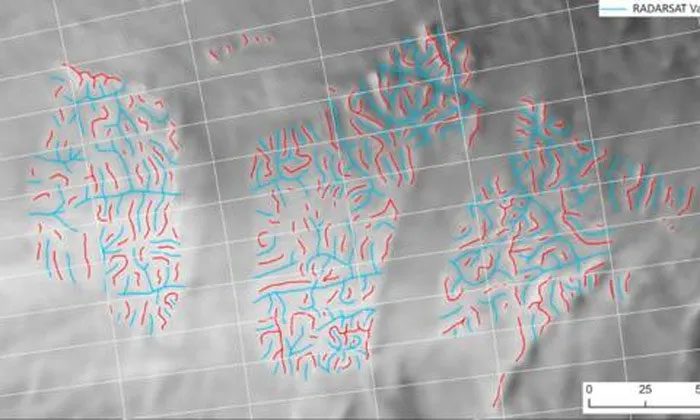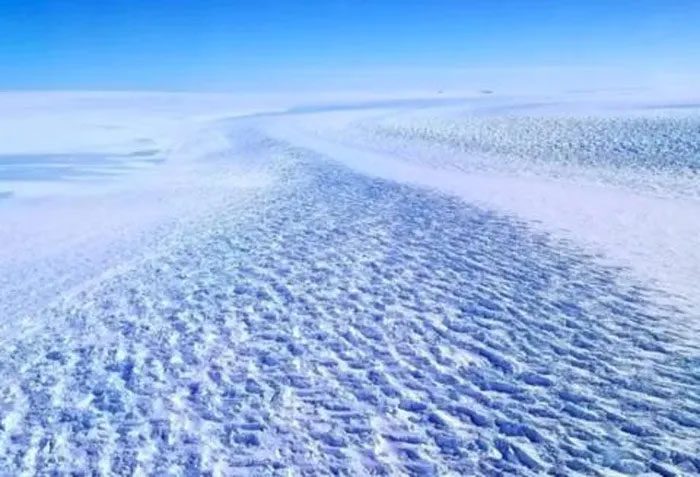An Ancient Landscape Hidden Beneath Ice in East Antarctica Revealed After 14 Million Years with the help of satellite data and aircraft equipped with radar technology.
Scientists have utilized remote sensing techniques to map an area spanning 32,000 km2. According to a study published on October 23 in the journal Nature Communications, they discovered a landscape formed by rivers before the East Antarctic Ice Sheet was established. This area once resembled the hills and valleys of present-day North Wales.
The researchers began charting the history of the ice sheet and how it has evolved over time, while also gaining insights into what the land looked like before it became buried under layers of frost, explained Stewart Jamieson, the study’s lead author and a geography professor at Durham University.
Jamieson stated in a release: “The land beneath the East Antarctic Ice Sheet is even less understood than the surface of Mars. It could provide insights into how this continent has responded to climate change in the past, present, and future,” he added.

Illustration of the landscape beneath the East Antarctic Ice Sheet.
The well-preserved nature of this landscape makes it particularly unique. Jamieson noted that it is rare to find relatively intact landscapes beneath a continental glacier – typically, the movement of ice, as it fluctuates in size and shifts, erodes and “grinds up” the underlying features.
Understanding why this particular ancient landscape has remained largely unscathed could help scientists better predict the future dynamics of the East Antarctic Ice Sheet, which holds the potential for a sea-level rise of about 60 meters as the planet warms.

Surface of the East Antarctic Ice Sheet.
The East Antarctic Ice Sheet first formed around 34 million years ago, but its size has changed over time, sometimes revealing the land beneath it. Jamieson indicated that the existence of this landscape suggests that temperatures at the base of the ice sheet are extremely cold and stable over these ancient terrains, despite intermittent periods of climate warming.





















































